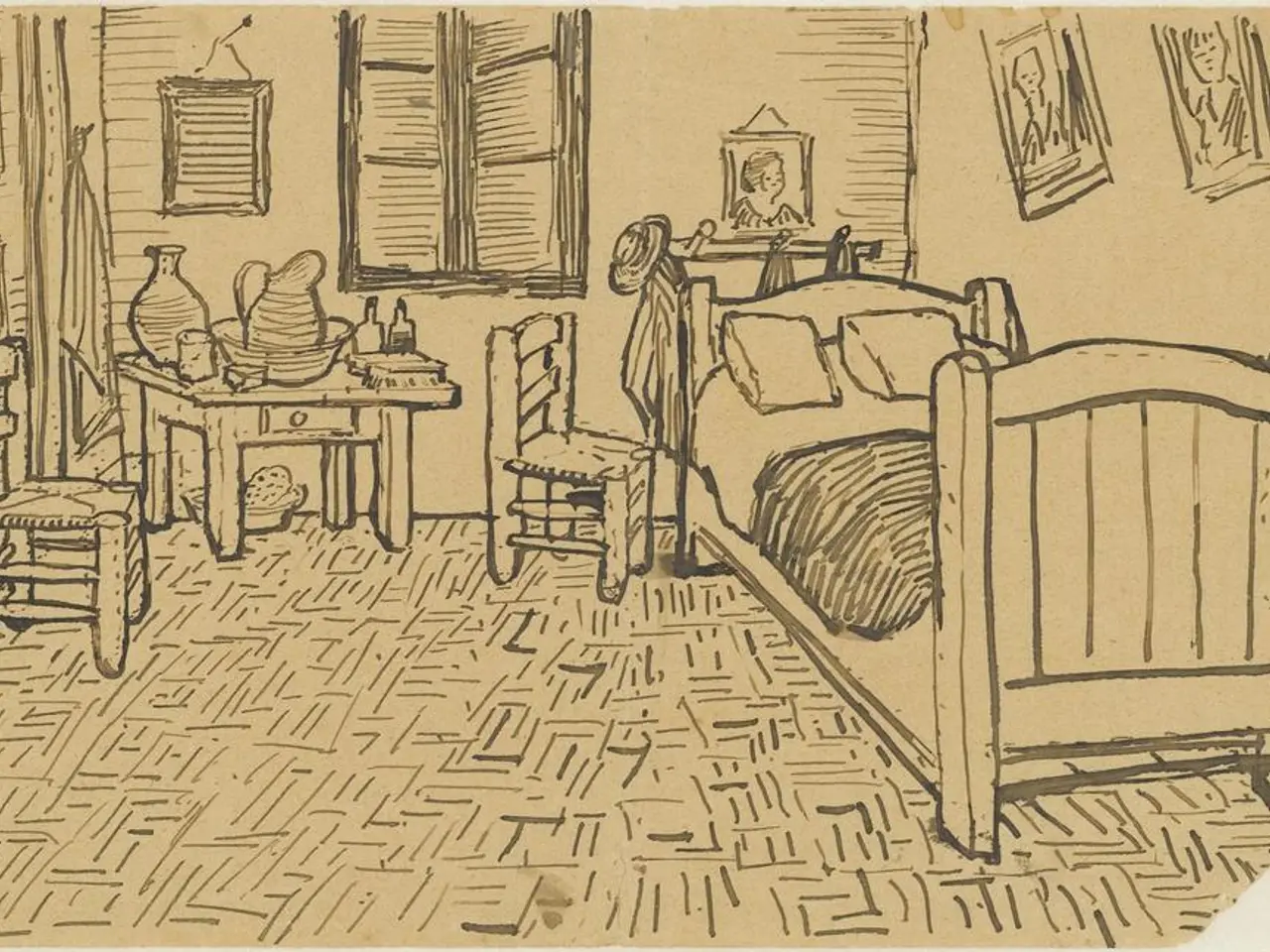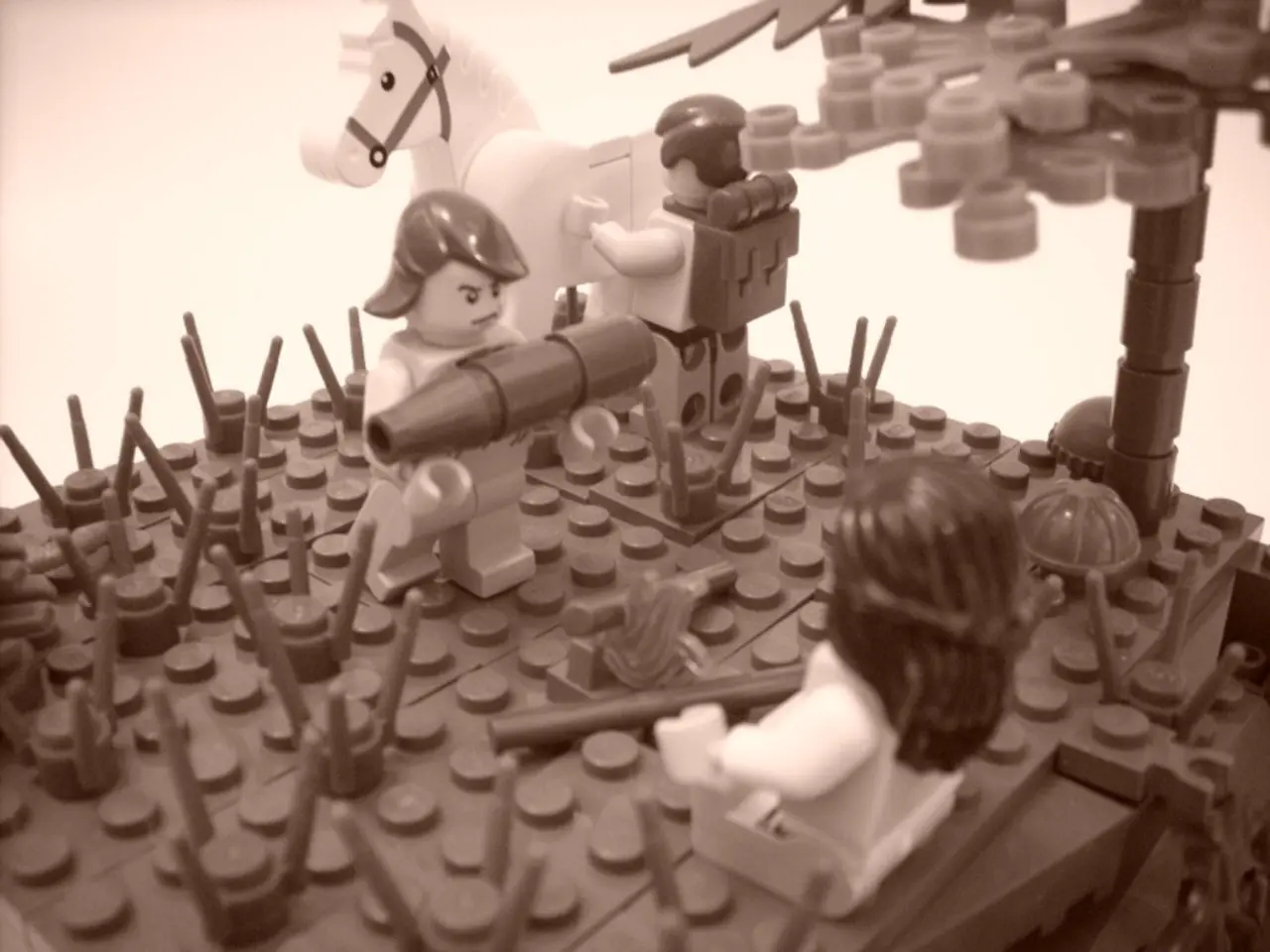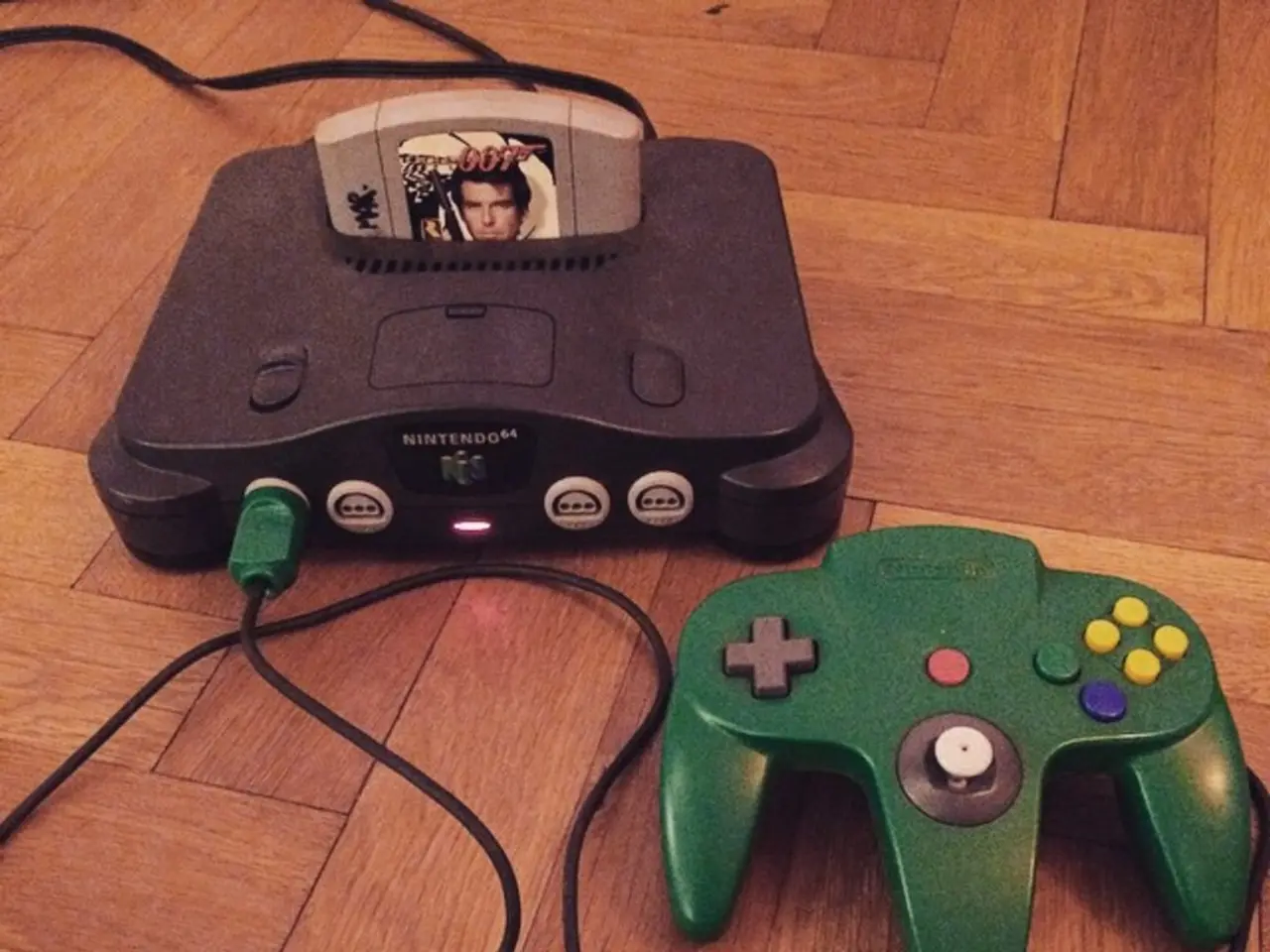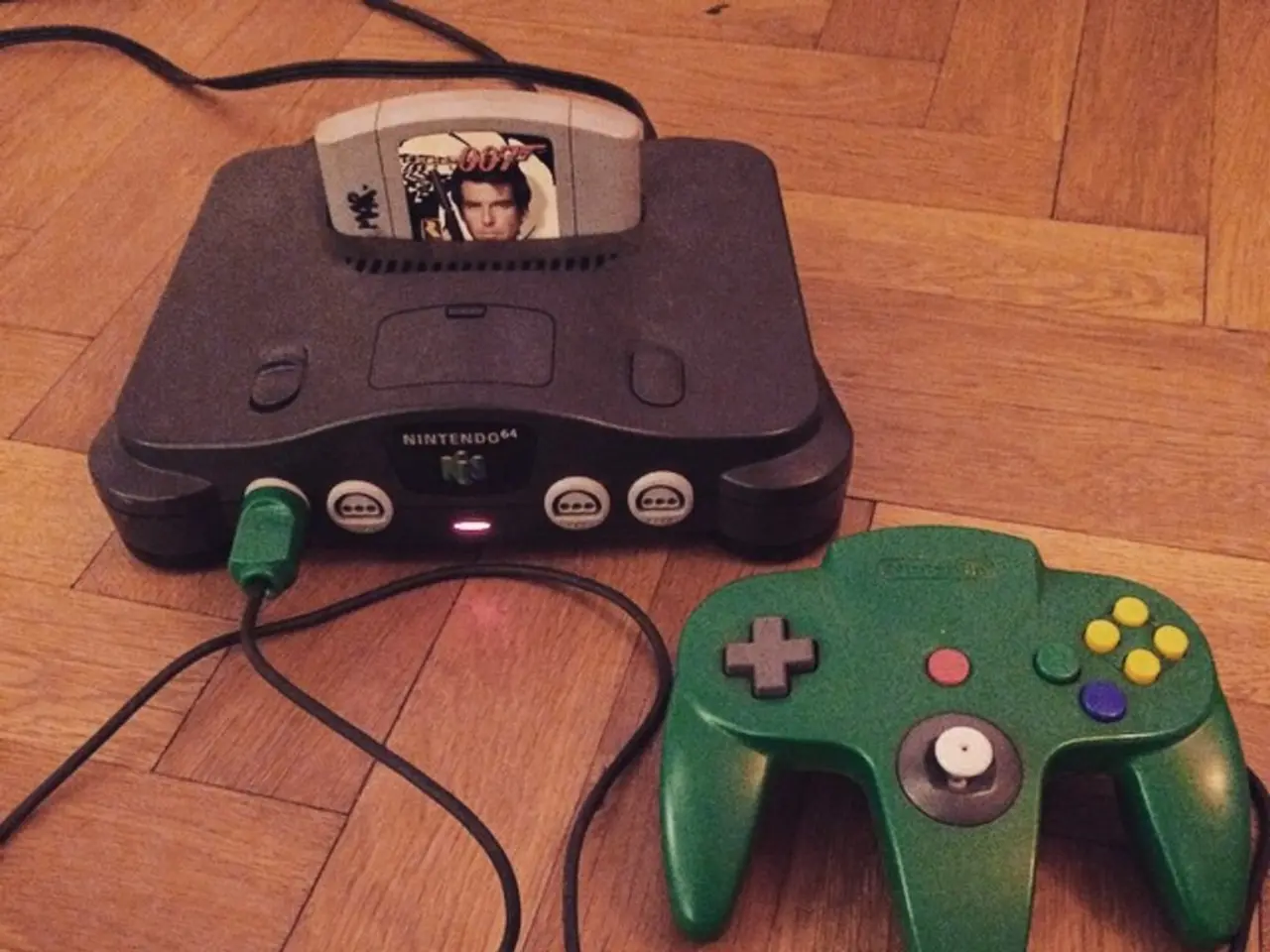UNVeiled Mysteries of Osman Hamdi Bey's 'The Tortoise Trainer' Canvas
Article: The Iconic Painting "The Tortoise Trainer" by Osman Hamdi Bey
Osman Hamdi Bey's painting, The Tortoise Trainer, completed in 1906, holds a significant place in Turkish art history. The artwork, exhibited in French as L'homme aux Tortues (The Man with Tortoises), is one of five works by Osman Hamdi Bey held in the Orientalist Painting Collection of the Suna and Inan Kirac Foundation.
The painting features an elderly man, often understood to be Osman Hamdi Bey himself, dressed in traditional Eastern attire, rhythmically playing a ney (reed flute) as he trains tortoises gathered around him. This surreal, allegorical scene is interpreted as a symbolic critique of the slow pace of reform and modernization within the late Ottoman Empire. The tortoises represent the state or society, resisting or slow to respond to change despite the trainer's efforts.
Historically, Osman Hamdi Bey was a pioneering figure in Ottoman art and archaeology. He founded the Istanbul Archaeology Museums and significantly influenced cultural preservation and modernization in Turkey. The Tortoise Trainer reflects his intellectual environment and his nuanced stance on progress and tradition, blending Orientalist artistic styles with subtle social commentary.
The painting also exists in two versions: the original from early 1906 and a smaller second version created a year later with minor compositional differences and a dedication to Salih Munir Pasha, a relative by marriage. Osman Hamdi Bey used himself as the model for the figure in the painting by creating a self-portrait using photographs as references.
The Tortoise Trainer was first exhibited at the Grand Palais in Paris on May 1, 1906, and was presented at the Salon exhibition organized by the Société des Artistes Français. Today, it remains prominently displayed in Istanbul museums, symbolizing both Osman Hamdi Bey's legacy and a critical period of Turkish history.
The collection of Osman Hamdi Bey's works offers a comprehensive view of his artistic output and allows for a more nuanced understanding of his legacy. Other notable works by Osman Hamdi Bey include Two Musician Girls and Shepherd Mustafa Pasha Complex in Gebze, which highlight the range of his themes and stylistic approaches.
In addition to the percussion instrument resembling a kudum or nakkare, the figure in The Tortoise Trainer is dressed in traditional Eastern attire and wears headgear resembling that of the "Kurd from Mardin." The inscription above the arched window in the painting reads, "Healing of the hearts lies in reunion with the Beloved (the Prophet Muhammad)." This suggests that the painting may have deeper spiritual or religious undertones.
It is believed that the idea for The Tortoise Trainer may have originated decades earlier, inspired by an article in Tour du Monde magazine about "tortoise trainers" in Japan. This connection underscores the painting's global influences and its relevance beyond the Ottoman Empire.
In Vienna, Osman Hamdi Bey was photographed wearing similar clothing to that depicted in The Tortoise Trainer, further emphasizing the painting's connection to his personal experiences and identity.
Over time, The Tortoise Trainer has become iconic not only for its unique subject and style but also as a metaphor in Turkish culture for perseverance, patience, and the challenges of reform. It stands as a bridge between Ottoman artistic tradition and modern cultural critique, making it a vital piece in the understanding of Turkish art history.
- Osman Hamdi Bey, born in Turkiye, was not only a renowned painter but also a key figure in introducing modernization to the nation, serving as the founder of the Istanbul Archaeology Museums.
- While The Tortoise Trainer can be appreciated for its aesthetics, it also carries significant social commentary, calling attention to the slow pace of reform and modernization within Turkish society.
- The painting has been exhibited in prestigious locations like the Grand Palais in Paris and the Société des Artistes Français, highlighting its international prestige and relevance.
- Aside from its symbolic meaning, The Tortoise Trainer may hold deeper spiritual or religious undertones, with an inscription in the painting reading, "Healing of the hearts lies in reunion with the Beloved (the Prophet Muhammad)."





